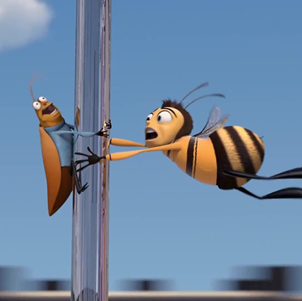Well summer is definitely here, Wimbledon is around the corner and we’ve noticed a bit of a weird throwback – what seems like a big increase in flying insects.
Admittedly its nothing like the 70s when driving in spring and summer required regular use of windscreen wipers to clear hundreds of squished insects. But recent years have seen a big decrease in windscreen splats variously blamed on: more aerodynamic car design, collapsing insect numbers, and increased use of pesticides.

But this year it seems like there’s been a bit of a jump in flying insects and corresponding increase in the need to clean windscreens, front grilles and headlights.
So is this a real increase or just anecdata? And if it is real – what’s caused it?
This is the first year that the government has not allowed an exemption for the use of neonicotinoid pesticides often used as a seed treatment which is known to have a detrimental effect on bees and other insects.
Neonics have been restricted in the European Union since 2013 but were still used in the UK leading some online sleuths to credit this with the increase.
We asked UK charity Buglife, what they think is going on.
The charity runs the Bugs Matter annual survey, led by Kent Wildlife Trust. This gets data from volunteer citizen scientists who measure bug splats on their car registration plates using the Bugs Matter mobile phone app. Volunteers simply clean their reg plate before a journey and then use their phone to take a picture of the plate, plus splats, at the end of the drive.
Records from 25,000 journeys since 2021 reveal a 63 per cent fall in insect splats over that time period although decreases have reduced in the last two years.
Paul Hetherington, communications director at Buglife, said while the survey was still underway he could not offer definitive evidence he had also noticed the increase and had to stop to clear his windscreen on one occasion.
He cautioned: “I did however note that all but two of the splats were greenfly with one St Marks Fly and one unidentified. The weather this spring has definitely been better for flying insects than in the past few years of very wet springs and the ban on neonics may also be contributing as much of it will now be gone, the pesticide has a two year half life in the soil.”
The Buglife 2025 survey runs until 30 September with results available next Spring.
Let us know if you’ve noticed an increase in insects and any tips for cleaning off the resulting splats…

© Manu Saunders 2019



